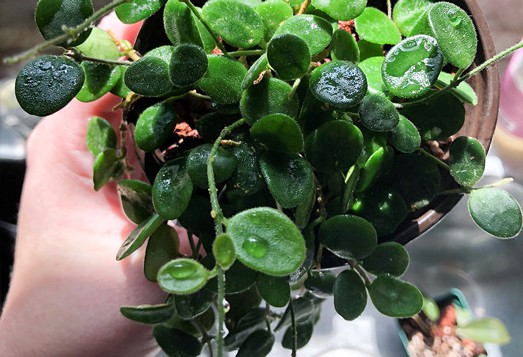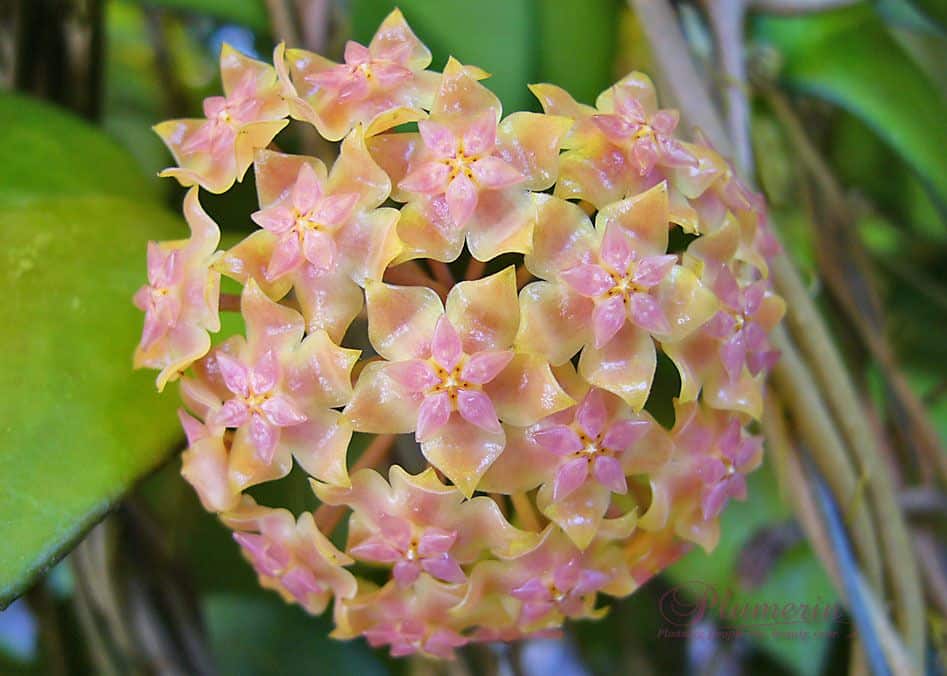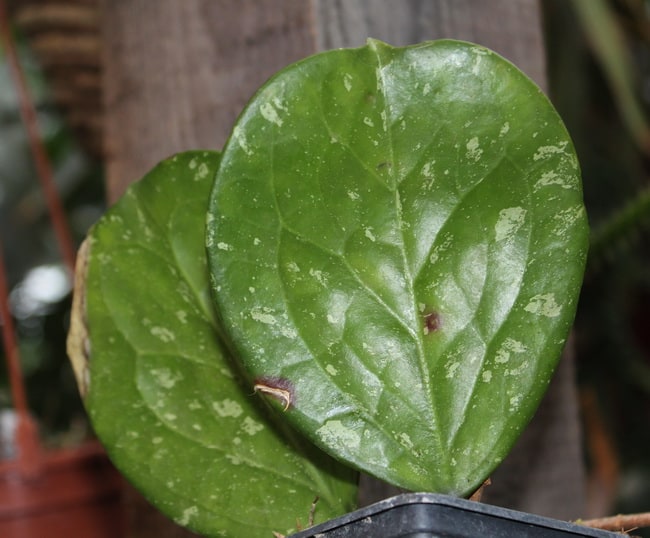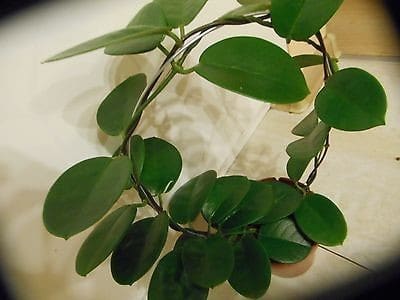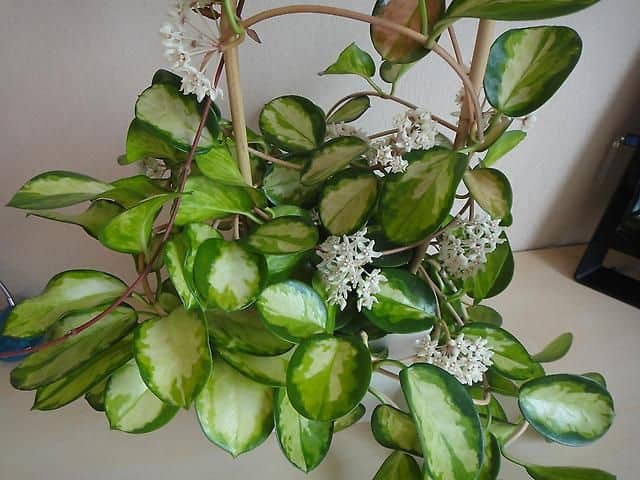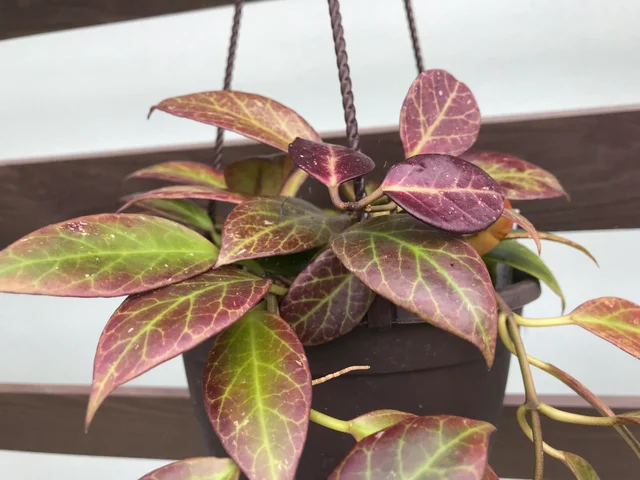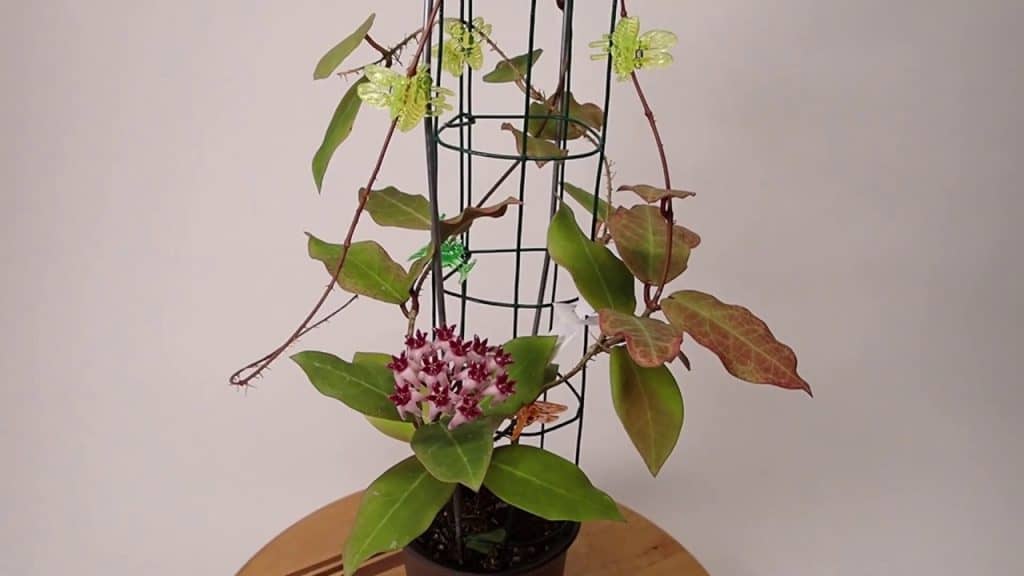With its thick foliage and arching stems, the Hoya Rachel houseplant makes an impressive addition to any home decor.
The plant’s popularity isn’t limited to its appearance, however; it’s hardy enough to be suitable for nearly any environment and provides ample opportunity for those who are just starting out with gardening to learn more about plants and how to take care of them properly.
Hoya plants are beautiful and easy to grow, which makes them a great addition to your indoor or outdoor landscape. While Hoyas are easy to care for, certain varieties need slightly different amounts of light, water, and humidity than others.
Your Hoya Rachel plants are happy and healthy, but that doesn’t mean they can’t benefit from some extra care and attention. In fact, while it might seem like these plants can take care of themselves, there are some ways you can help them thrive even more in your home or office!
To help you choose the best Hoya plant for your unique situation, we’ve put together this handy guide with everything you need to know about Hoya Rachel plant care and growing tips!
Hoya Rachel descriptions
Hoya Rachel (also known as wax plant, waxvine, and friendship plant) is native to tropical regions in Southeast Asia. There are over 200 types of hoyas, each with its own unique flower type. Hoya plants can grow up to five feet tall but can be pruned or trimmed to be shorter if desired.
There has been speculation that Hoya Rachel is a cross between Hoya lacunosa ‘Langkawi Island’ and Hoya obscura.
Her sister plant is Hoya ‘Rebecca’!
I love how the flowers smell and how they are super cute pinky/lavender fuzzy balls. Due to the cold weather, the plant does bloom in the fall with very pale pink flowers (almost white). Many Hoyas may experience this depending on the weather.
This is a good Hoya for beginners.
Hoya plants are grown outdoors in filtered light, allowed to dry out before watering, and protected from freezing temperatures.
Hoya Rachel propagation
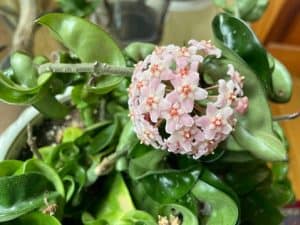
Hoya plants have a reputation for being easy to propagate, though you’ll have to wait up to three years before you can enjoy blooms from cuttings. Taking cuttings is simple: use a sharp knife or pair of scissors, like those used for houseplants, to take 3-inch sections from your plant’s stem.
Remove any flowers from each section and place it in water until roots begin to form at their base; new leaves will also grow over time. Once these signs appear, transfer your cutting into a small pot with soil and continue caring for it as usual. You should see blooms within six months!
Hoya Rachel care information
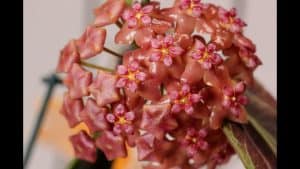
These plants prefer bright indirect sunlight but will tolerate lower light conditions for shorter periods of time. In addition to providing plenty of light, they also need good air circulation. In order to keep your hoya healthy and happy, it’s important that you water them properly.
Hoya Rachel requires a lot of water; they should never dry out completely but should not sit in water either. The best way to tell when your hoya needs watering is by sticking your finger into the soil: If it feels dry at all, you should give it some more water!
Light requirements
Hoya Rachel comes from tropical regions, so they’re used to more light than most indoor plants. While you can keep them in your home as houseplants, you’ll need a south-facing window or artificial lighting for adequate growth.
During the winter months when there’s less natural light available, increase how much of it you give your plants. But be careful—too much exposure to strong light can burn the leaves!
Soil/potting mix
Hoya Rachel prefers a mix of two parts peat moss to one part perlite or coarse sand. This ensures that there’s enough water retention for their soil but also plenty of drainages to keep them from sitting in soggy dirt for too long. You can also add some sphagnum moss, which is actually a type of peat, to give your hoya more nutrients and moisture retention.
It’s important not to use potting soil, which has fertilizer already mixed into it, this will burn your plant’s roots. Instead, add fertilizer once you have your plant potted up in its permanent home.
Watering
To keep your Hoya healthy, it should be watered once a week. Use tepid water, which is about 70 degrees F, because Hoya plants are tropical in nature.
Allow all of the excess water to drain from its pot before placing it back on a low heat source (not directly in front of an air vent). Avoid wetting its leaves when watering; as a succulent, your Hoya will appreciate having its leaves dry out between waterings.
Fertilizer
Hoya Rachel is a low-maintenance houseplant that does not require fertilizer, but it can be applied. In late spring to early summer, feed your plant with a balanced fertilizer at one-half of the recommended rate on your specific brand’s instructions.
Follow manufacturer directions regarding frequency and duration of feeding, as these will vary depending on your soil’s nutritional value.
Temperature
Hoya Rachel prefers a temperature range of 60 to 85 degrees Fahrenheit. Although they can tolerate lower temperatures, it’s best to avoid keeping your plant in temperatures above 85 degrees F.
If you live in a warm climate, consider moving your plant outside during the summer months or keep your house cooler than 80 degrees F if possible. Make sure you choose a spot with bright indirect light, as direct sunlight can burn your Hoyas leaves.
Humidity
The ideal humidity is between 50 and 70 percent, so if your home isn’t well-ventilated, misting your Hoya Rachel with lukewarm water can help increase its moisture content without putting too much stress on its leaves or stems.
Pruning
The best way to keep your Hoya Rachel healthy is to prune them regularly. With Hoyas, we are talking all year long! Whenever you notice a stem starting to grow in an area where it isn’t desired, simply remove it at its base with a sharp pair of gardening shears.
There’s no need to be gentle – as these plants are very strong – as long as you take care not to break off any live buds or leaves.
Also, don’t worry about removing too much from one plant; they can handle quite a bit of pruning without affecting their health. If you want to get rid of some extra growth but aren’t sure what can go, just snip away until you see new growth that looks like it will fill out nicely on its own.
When to repot
Your Hoya Rachel will start to outgrow its pot eventually, so it’s a good idea to keep an eye on how large your plant is getting. When you notice it’s getting rootbound, then it’s time to repot your Hoya!
To do so, gently remove your plant from its old pot. You can try pruning back some of its roots if they appear tangled. Then place it in a new container with fresh potting soil.
Dormancy
Hoya plants are tropical plants that grow in warm temperatures. Even when they’re not actively growing, however, these plants need a certain amount of warmth to remain healthy.
They go dormant in cooler months—it is during dormancy that it is most important to keep them warm. You should never expose hoyas to freezing temperatures; if your temperature falls below 50 degrees F, move your plant into a warmer room or greenhouse until spring arrives.
During dormancy, you can also place your plant on top of an electric blanket, set to low heat. If you have trouble keeping your house warm enough for your hoya plant, consider purchasing a space heater with an adjustable thermostat.
Hoya Rachel flowers & fragrance
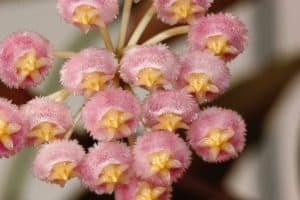
Hoya Rachel flowers are white, star-shaped, and very fragrant. Beautiful lavender/pink flowers with a pleasant scent. Once established, it blooms prolifically.
Growth rate
Hoya plants grow well indoors, providing they are given enough light. They do require regular watering but can be sensitive to overwatering (underwatering is less common).
Toxicity
It’s true, Hoya Rachel plants are poisonous. You shouldn’t eat them or touch them with your bare hands. If you do come into contact with any part of a hoya plant, be sure to wash it off immediately with soap and water. If you have children or pets in your home, consider putting your plant in a high-up area that’s harder for these creatures to reach.
USDA Hardiness Zones
Hoya Rachel will thrive in USDA hardiness zones 10 through 12. If you live outside of these areas, it’s best to choose a hoya that’s labeled as tropical or subtropical.
These plants can withstand temperatures as low as 40 degrees Fahrenheit. Be sure to check on your plant regularly during the winter months, particularly if you live in an area where temperatures drop below freezing for extended periods of time.
Pests and diseases
In general, Hoya Rachel plants are very susceptible to pests and diseases, so you’ll want to keep them in a location where they’re not going to get beat up by bugs.
Avoid overwatering: The most common issue is overwatering. Overwatering can result in root rot, which will kill your plant. Wait until the top of the soil feels dry before watering again.
Remove dead leaves: If your plant develops brown spots or pale-yellow leaves, it could be dying. Remove these areas as soon as possible to prevent further infection.
Watch for spider mites, a tiny spider-like pest that feeds on your plant’s sap, spider mites cause tiny white dots on foliage and webbing on stems. Treat with an insecticidal soap spray if you suspect an infestation.
Conclusion
Remember that Hoya Rachel plants are not as hardy as other tropical plants, so keep them indoors or under cover when possible. They also tend to attract pests like mites and mealybugs, so you may need to treat your plant occasionally with insecticides.
If you’re planning on growing a Hoya Rachel, we hope these tips have helped you get started.
